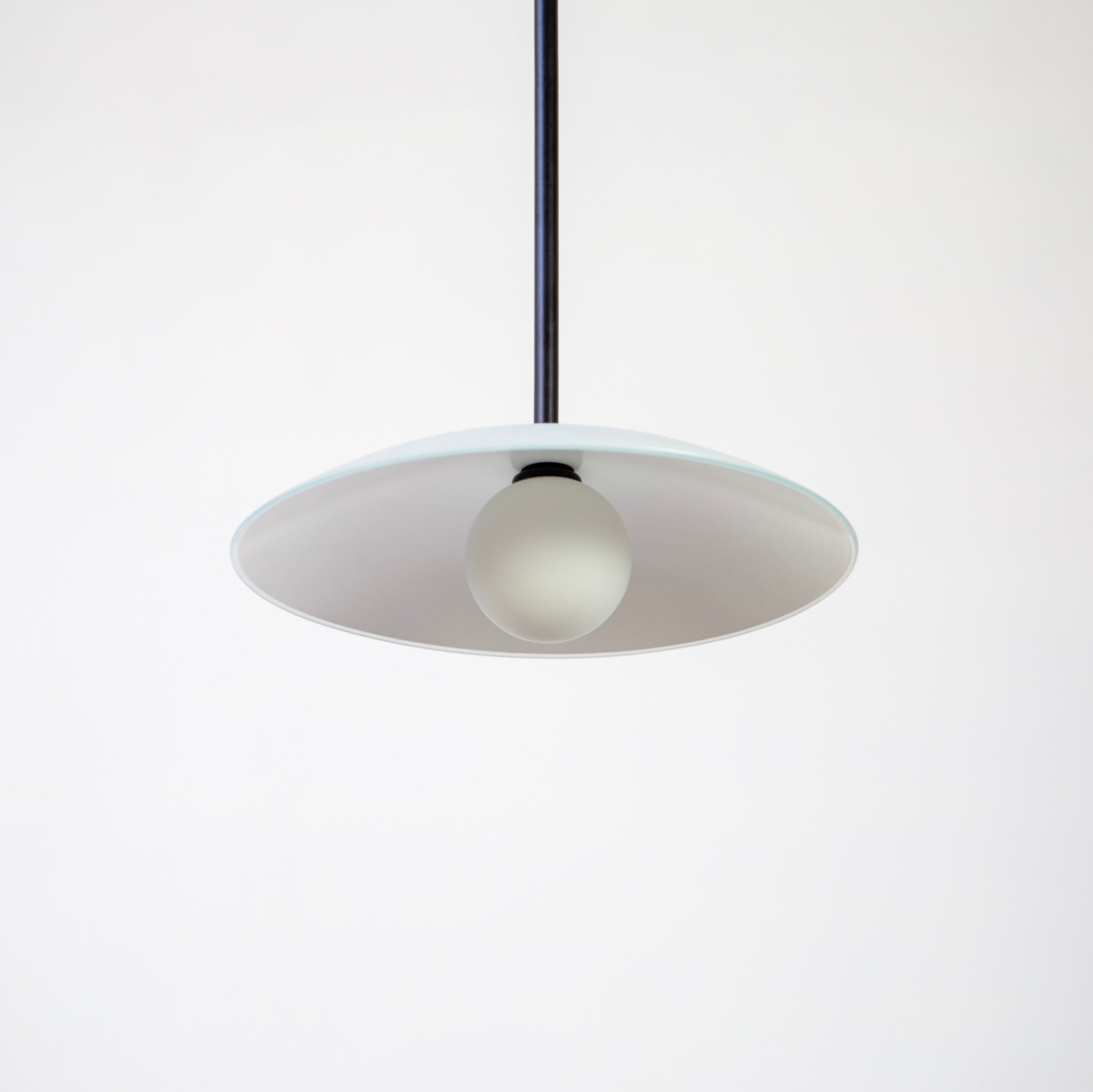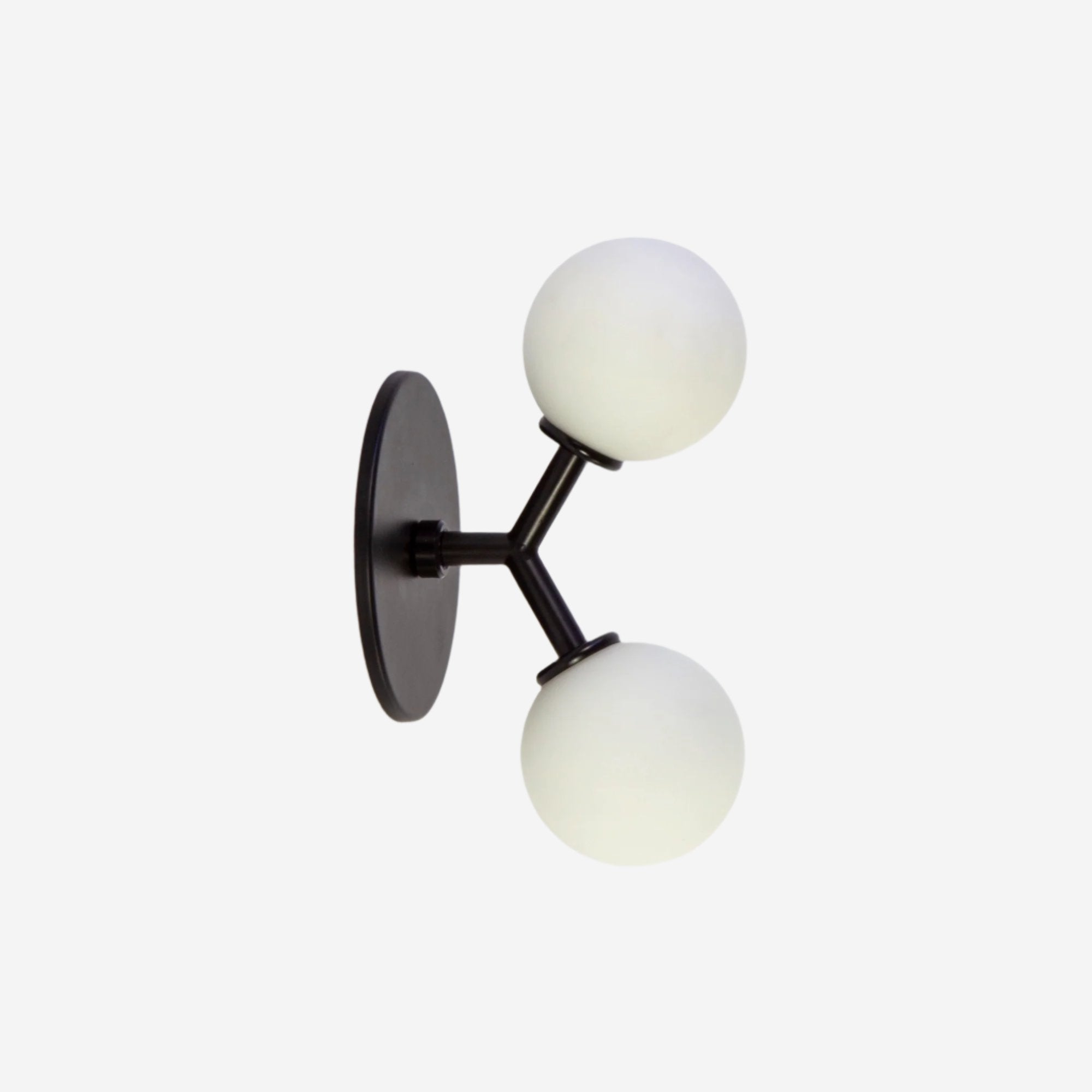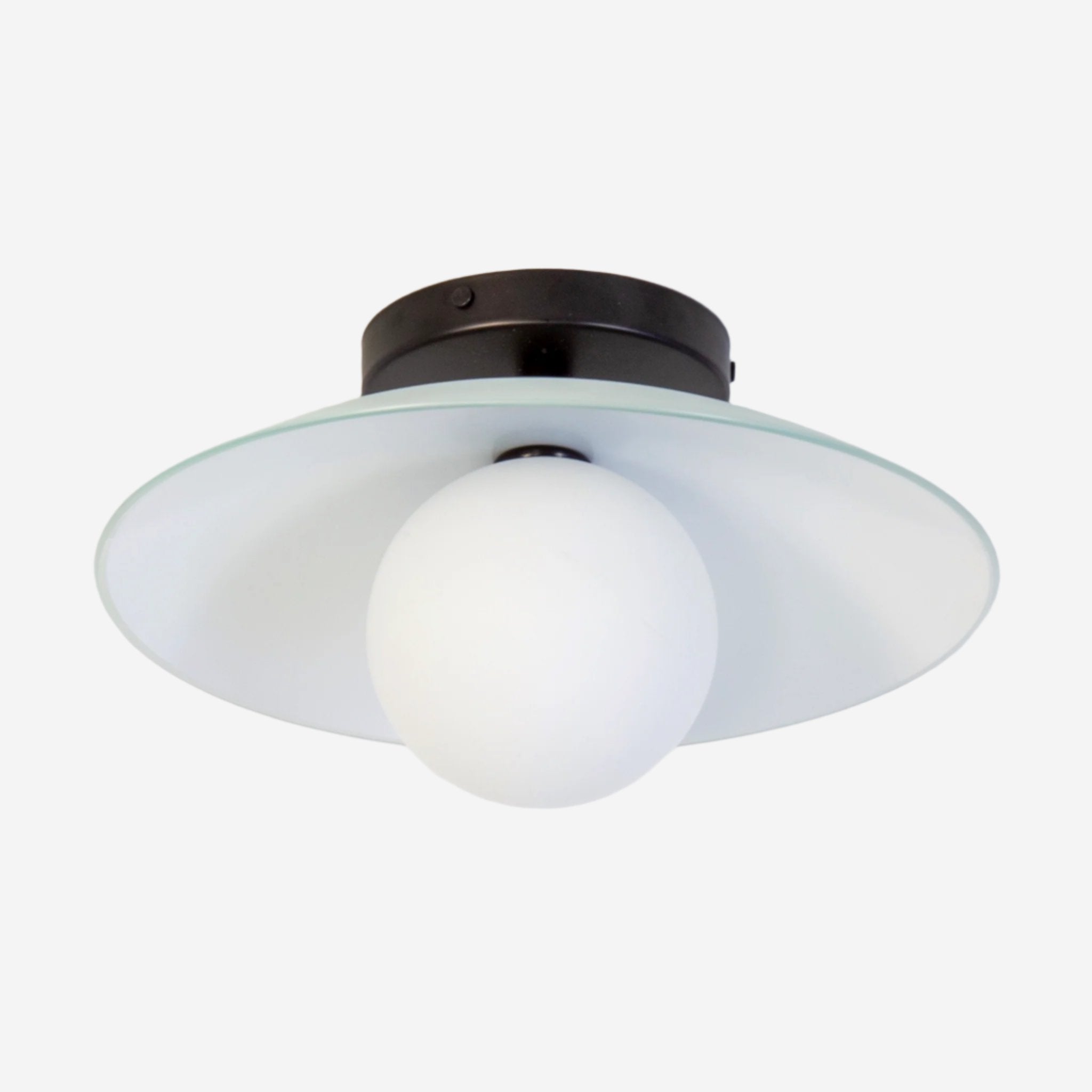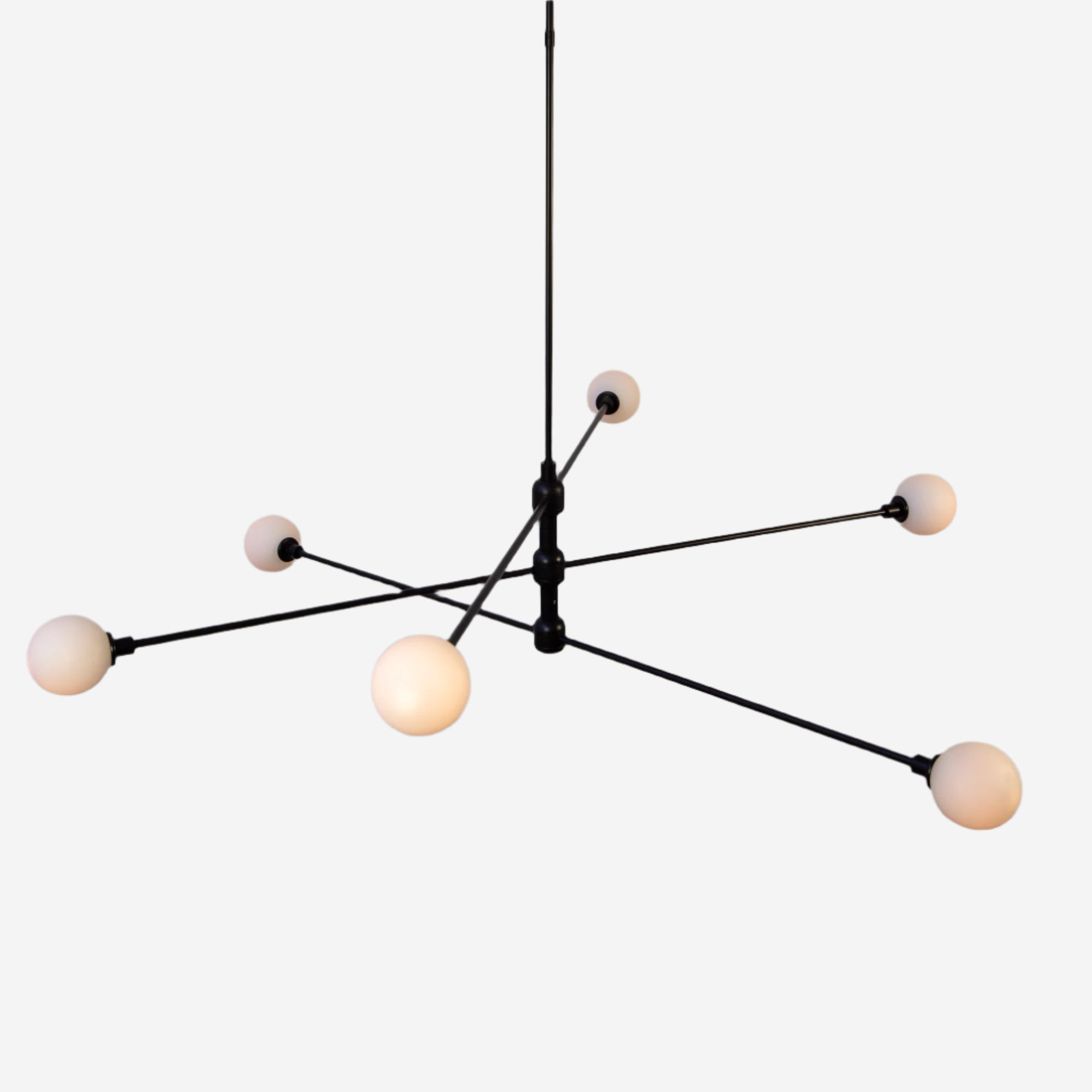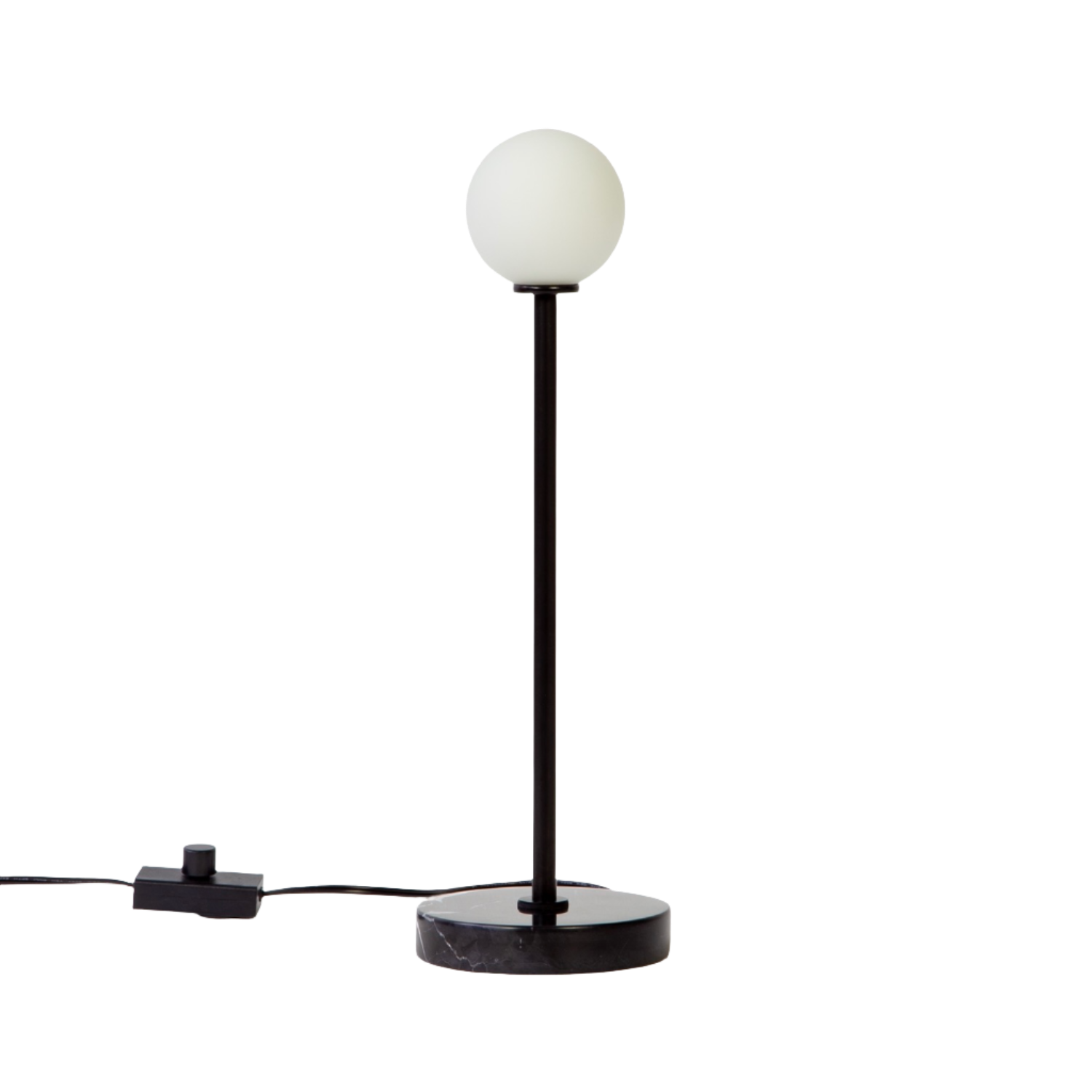
Lumens Explained: How Bright is Bright Enough?
We used to judge bulbs by watts. Higher watts seemed brighter. Simple, but not quite right. Watts measure energy use, not brightness. Lumens are what actually describe the amount of light a bulb gives off. More lumens means more brightness. Fewer lumens means a softer light.
For reference, a typical 40-watt incandescent gave off about 400–500 lumens. A 60-watt bulb was closer to 800 lumens, with 700–850 lumens being a typical range. A 100-watt usually landed somewhere around 1500–1700 lumens. There was always some variation, but those ranges give the general idea. With LEDs, wattage is no longer a clue. A lot of our fixtures use 1 (or multiple) bulbs that are 4.5w and each output 450 lumens - so LED bulbs/fixtures can be almost 10x more energy efficient.
So how do you use lumens in practice? The best approach is to measure with lumens, and layer light rather than rely on a single bright source. A pendant overhead, a sconce along the wall, maybe a table lamp nearby. Each creates its own pool of light, and together they build a balanced atmosphere. Too dim? Add another layer. Too bright? Swap to a bulb with lower lumens.
At Research.Lighting, every light fixture ships with bulbs included, chosen to feel natural to the design. Bright enough to function, never harsh. And since lumen output is tied to the bulb, you always have the flexibility to adjust as needed.
If you're still having troubles understanding how lumens work, read Lumens to Watts Conversion Chart & Brightness Comparison. Want to learn how color temperature works? Check out: Color Temperature Explained: Finding the Right Tone for Your Space
